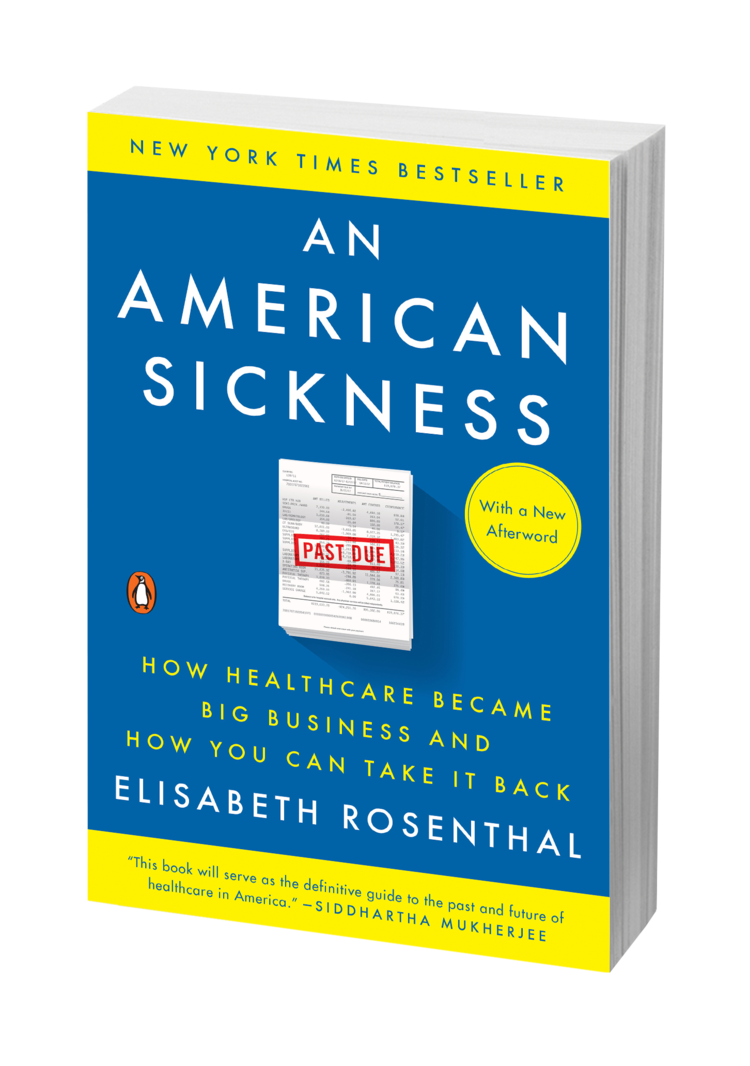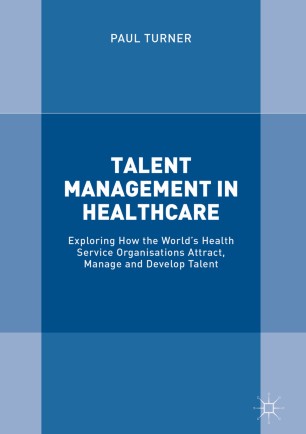The measurement of episodes of care is a precondition for understanding the cost-effectiveness of health care. Unfortunately there are few experiences on this issue. The largest demonstration in US, The Medicare Budled Payment for Care Improvement Initiative started in 2013 and finished in 2017. The NEJM publishes an article that evaluates the outcomes of such experience.
In summary, hospital participation in five common medical bundles under BPCI, as compared with nonparticipation, was not associated with changes from baseline in total Medicare payments per episode, case complexity, length of stay, emergency department use, hospital readmission, or mortality.If this is so, it is necessary to understand the reasons behind such failure. The article provides some of them. My guess is that the episodes were not holistic in the scope of services (not including post-acute care i.e.) and were constrained to several episodes. Unless a holistic approach is taken into account (all episodes and all services), incentives will not be working in the appropriate way, the cost-effective one. Excellent article and research effort that explains an unexpected and unfavourable result, no bias of publication. Good example.
Maya Fadeeva




